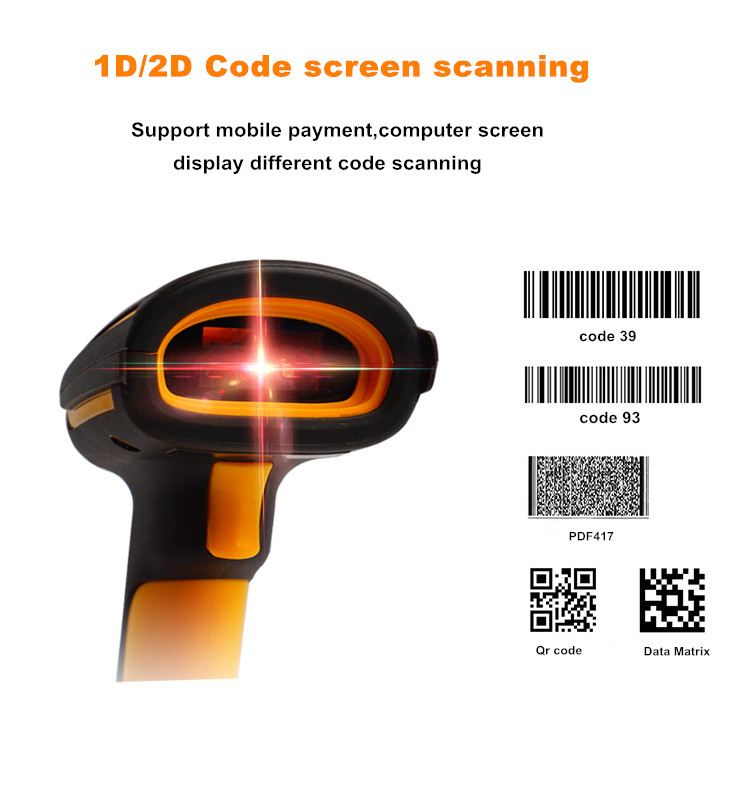The voltage on C1 in the figure is the voltage after bridge rectification, Rs1 samples the current flowing through the MOS tube, and performs current-by-cycle current limit control so that the current peak of the MOS tube is not too large, ensuring that the transformer does not magnetic when the load is short-circuited. saturation. The auxiliary winding is used to complete the current zero-crossing detection of the primary winding of the transformer (APFC transformer demagnetization), and the power switch tube Q2 is controlled to resume the work of the next switch conduction period. The resistance of the external resistor R4 of the IdBet pin of the FAN7527B is in the tens of Within the range of one thousand ohms, the circuit works in a "quasi-zero voltage conduction" mode of operation. The value of the R4 resistor value is related to the inductance of the primary winding of the transformer and the output capacitance of the power switch MOSFET. The specific resistance value can be determined experimentally. The value in this circuit is 33K. Rs2 samples the load LED current signal, and R7 and R8 form a voltage divider network to sample the voltage on the LED. The current on the Rs2 sampling LED is compared with the reference signal CVin on the TM101, and the output is subjected to constant current control via the error. The brightness of the LED is substantially proportional to the current flowing through the LED, as long as the current flowing through the LED is controlled. It is possible to adjust the brightness of the LED. The voltage on the R7 and R8 sampling LEDs is compared with the reference signal CVin on the TM101. The output voltage is controlled by the error amplifier, and the two signals sent to the TM101 are "ANDed" and then sent to the error amplifier of the control chip FAN7527B through the optocoupler. Enter the multiplier. The other way of multiplier is to sample the full-wave rectified mains signal through R13, R19, R23 and R27. The product of these two signals is the multiplier output, which makes the inductor current track the output waveform signal of the multiplier. The PWM pulse controls the switch of the MOS transistor Q1 to realize the control of the load current and the input current, and completes the LED to realize the constant current limiting control of the LED and the correction of the input power factor. LED driver power supply circuit diagram using flyback topology:
Qunsuo is a professional manufacturer of Barcode Scanner, we have plenty years of experience in this industry. We provide 1D Barcode Scanner and Qr Code Scanner , help customers from various industries. All of our barcode scanner support connecting with Android IOS via bluetooth. Furthermore, Our barcode scanner also support connecting with PC via 2.4G wireless module. And our QS-S03 is equipped with Zebra scanner engine. If any interests of our Wireless Handheld Barcode Scanner, please feel free to send inquiry to us for more information.
Wireless Handheld Barcode Scanner,Handheld Inventory Scanner,Hand Barcode Scanner,Handheld Qr Code Scanner Shenzhen Qunsuo Technology Co., Ltd , https://www.qsprinter.com